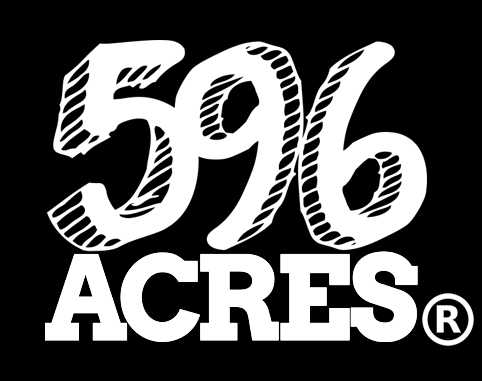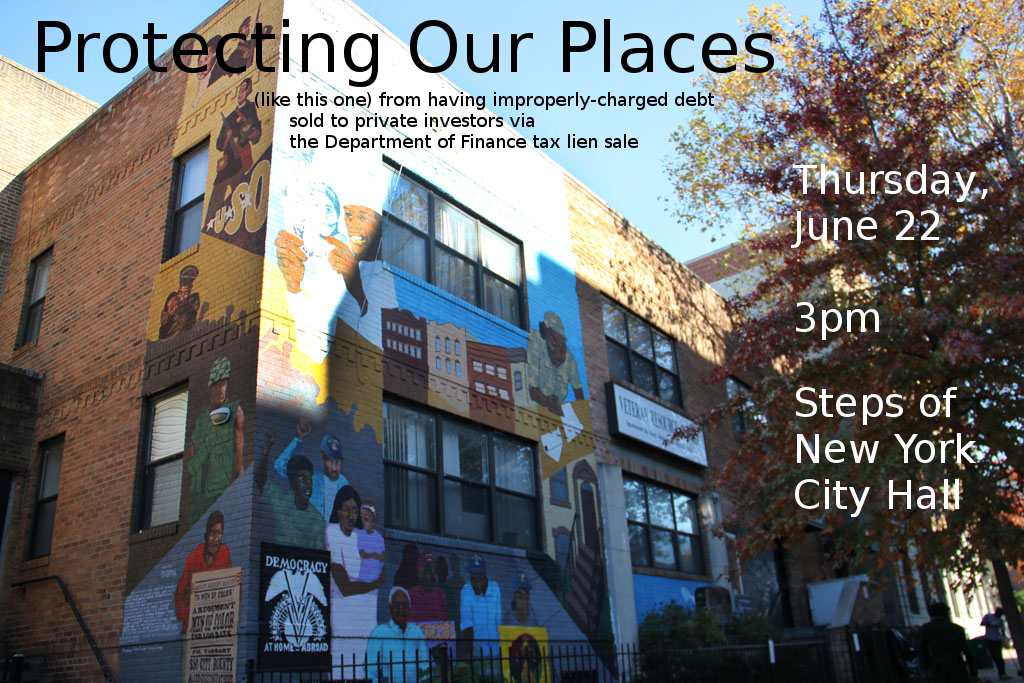Mayor Michael Bloomberg signed a bill into law yesterday that will require the Department of Citywide Administrative Services (DCAS) to inventory and make publicly accessible data about city owned and leased property, as well as make a determination about whether that property is “suitable” for urban agriculture.
City Council Speaker Christine Quinn characterized the bill as a “green roofs” bill in her email to her constituents earlier this month.
Paula Z. Segal testified at the hearing about this bill for 596 Acres in June. Below is her testimony. The bill passed and was signed into law with no amendments since the time of the hearing.
“We are trying to connect people with land resources. To that end we really support the city land inventory reporting law but would make two significant changes.
“First – it’s crucial that contact information for agencies be included in the information that DCAS is mandated to publish. I’ve been particularly working on a piece of land at the border of Bed-Stuy and Clinton Hill that has been vacant and has was promised to the community and it took us a very long time to figure out who the right person to talk to. And now, we are actually going to be having a community meeting and the commissioner of the agency that owns the land is coming to speak with us, but it took us about a year to figure out who to talk to. After we had that information, it took about three months to get this meeting set up. The contact information was the key.
“Second – the language of ‘suitability’ for urban agriculture. Urban agriculture looks a lot of different ways in New York City Composting is certainly urban agriculture; it is production of good soil for growing food. Bucket gardens that are growing delicious tomatoes are certainly urban agriculture; a fire escape is suitable for that. I worry about seeing that language as included in the metrics. I worry about who is going to be making that determination.
“There is a lot of urban agriculture or already going on in New York City that goes unreported. One unfortunate kink is that many, many, many of our community gardens – thriving community gardens that had existed for 20, 30 years – are actually classified as vacant by City Planning. So, when we actually go out on the ground and investigate each of the sites we are finding gardens. The disconnect is that New York City’s land planning databases don’t have a category for urban agriculture.”






